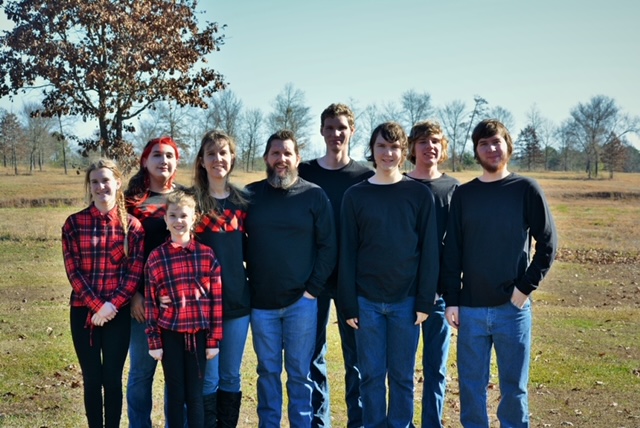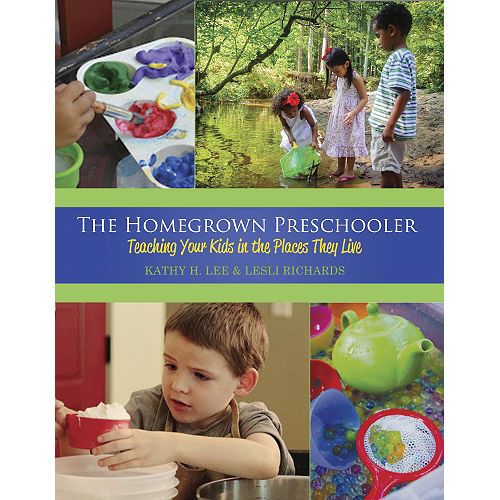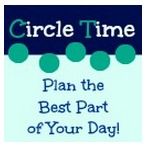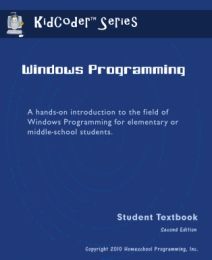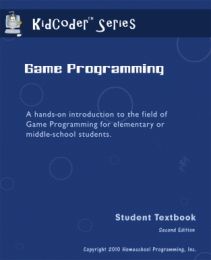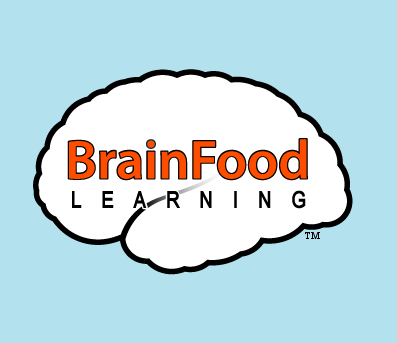
When we found out that BrainFood Learning was offering their Fascinating World of Mammals, Insects, or Birds DVDs up for review, we were so excited! But I didn't know which one to choose. We are a science loving family and all three topics were something I knew the children would be interested in watching. Since our science curriculum this year is about Land Animals, we decided to review The Fascinating World of Mammals.

From the back of the DVD, " Ever wonder which mammal wears velvet? How does a beaver build a dam? Which animal is the only flying mammal? Learn the answers to these questions and more in The Fascinating World of Mammals."
The Fascinating World of Mammals is a 52 minute DVD designed for ages 3-11, but can be enjoyed by older children and adults as well. The DVD begins with an overview of the different characteristics that mammals have and then moves on discussing several different mammals. The DVD features beaver, kangaroo, moose, dolphin, lion, giraffe, elephant, bat, chimpanzee and bear. Each of the mammals names are shown on the screen while the animal is shown interacting in its natural habitat while fascinating facts about them are narrated. After each animal section, a vocabulary word is featured by being shown on the screen and defined.
After each featured mammal is discussed, there is a 5 part review with the easier sections coming first and the 5th section being the most difficult. The fist part is mammal flash cards which shows the picture of the mammal along with the name printed in the screen. The second part shows a picture of the mammal with three multiple choice answers. Answers are given after each question is asked. The third part is a features of mammals review. Review 4 is reviewing mammal facts. A question is asked and three multiple choice answers are given. Answers are shown after the question is asked. The last part is a multiple choice section that reviews vocabulary words that were taught during the DVD.
You can purchase The Fascinating World of Mammals for $14.99 by clicking here. There is also a short excerpt of the video on the same page.
I watched this DVD with my 2,4,6,8,9, and 11 year olds. Since we are studying Land Animals this fall, I thought this DVD would be a great introduction as well as something to refer back to throughout the year. We all really enjoyed the DVD. Although you have the option to view each section separately if you wish, we watch the whole DVD from beginning to end. I really like that as the narrator is talking, the video shows a real animal in its habitat often doing many of the things that the narrator is speaking about. For instance when the narrator is talking about kangaroos boxing, you get to see real kangaroos on the video in the middle of a boxing match. The DVD is full of fascinating information, much of which I didn't even know. I love that the DVD is appropriate for a wide range of ages and that even though it discusses predators and prey, it doesn't show anything graphic or violent in the video. Although the DVD discusses some of the similarities between humans and chimpanzees, there is no evolutionary content in the video. My children's favorite parts were the sections on kangaroos and dolphins. After finishing the video we have to go back and watch those two again.
The review at the end is a great way to review what the children have learned watching the DVD. Most of the questions are fairly simple and easy to answer. My 4 year old answered the mammal identification and the features of mammals questions without any problems. The vocabulary questions were too difficult for her, but my 8 and 9 year olds answered those without any problems after viewing the DVD.
We loved watching The Fascinating World of Mammals DVD! They want to visit the zoo again so they can see all the different animals they learned about on the DVD. The children would like to purchase The Fascinating World of Insects next.
Members of The Crew reviewed The Fascinating World of Mammals, The Fascinating World of Insects, and The Fascinating World of Birds. To see what my Crew Mates had to say about these DVDs, click on the banner below.

